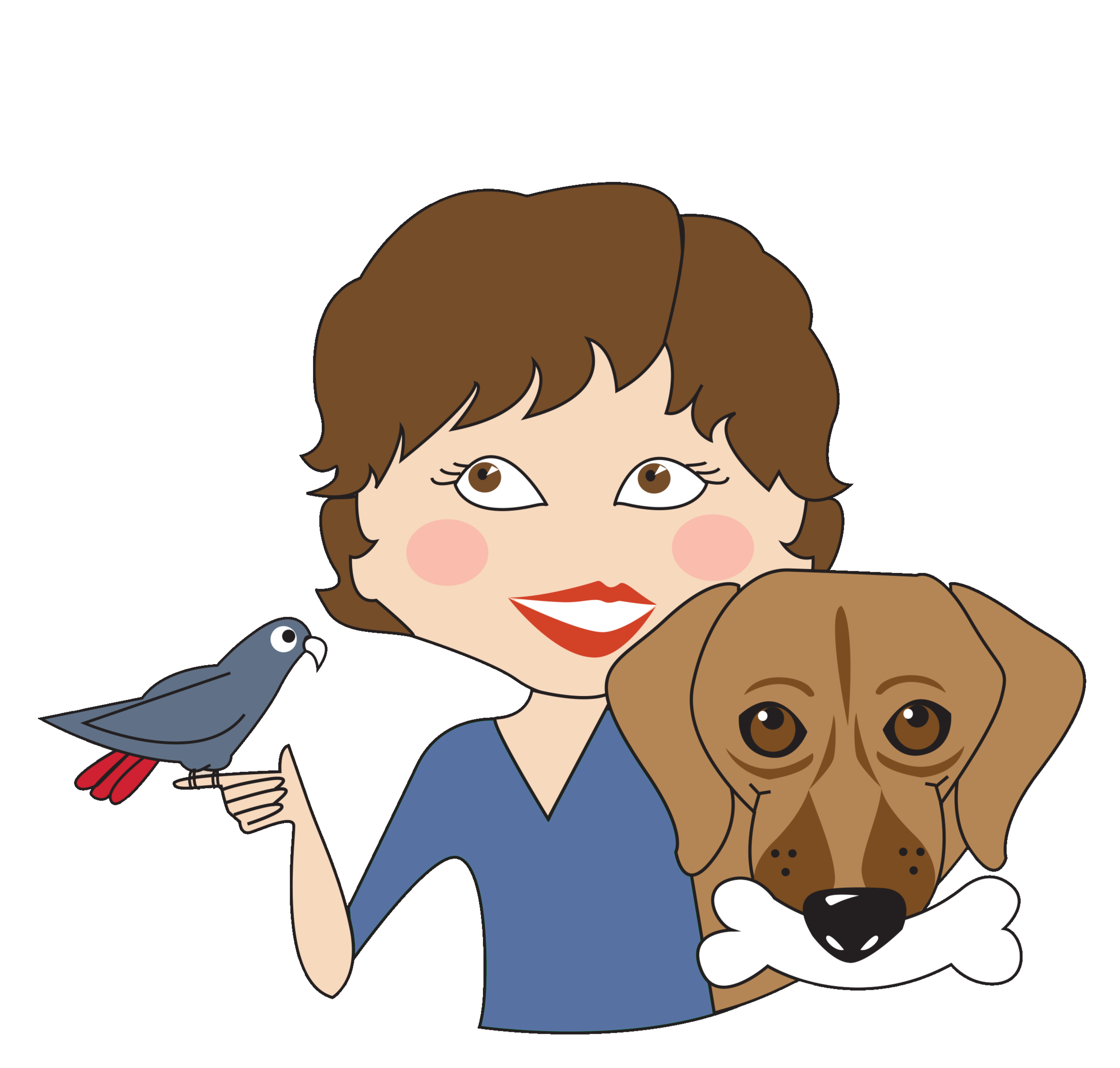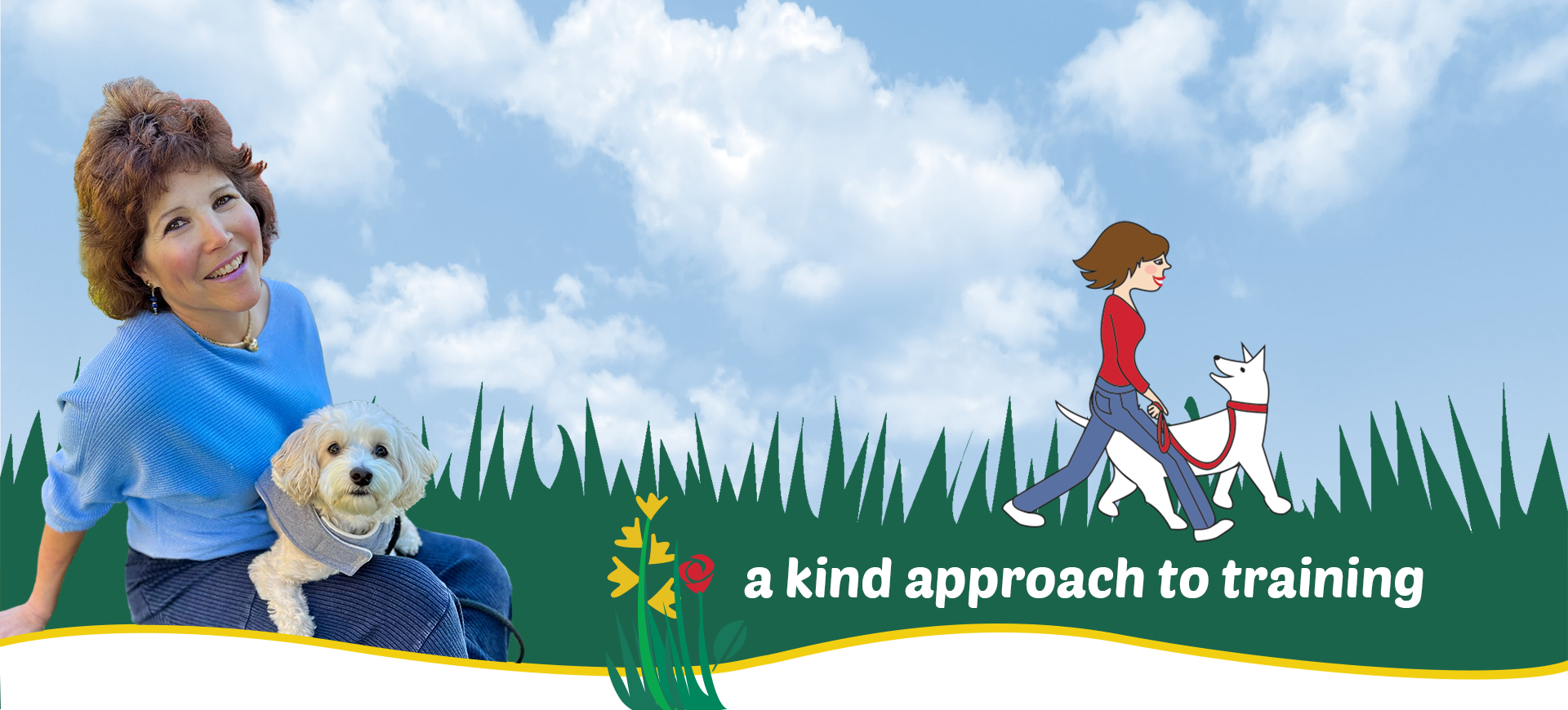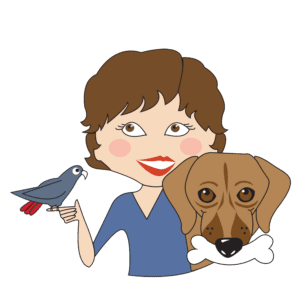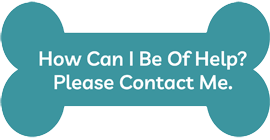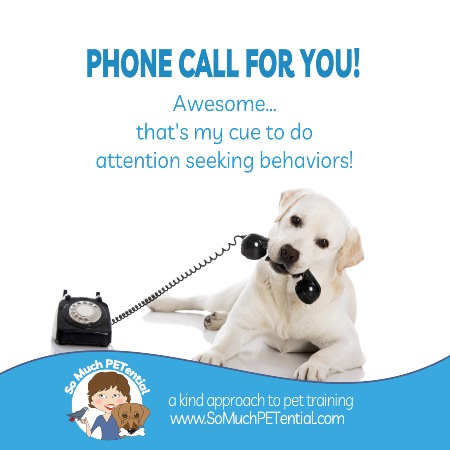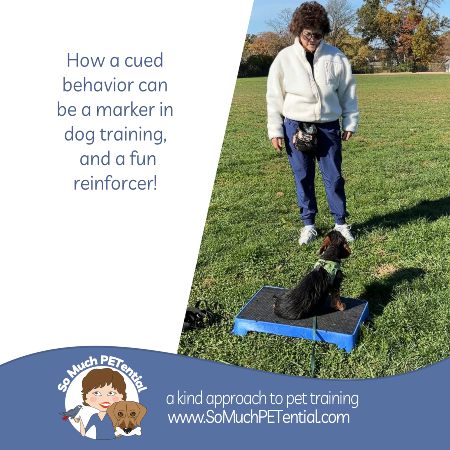I was asked by a man the other day about when his dog growls during play. Specifically, he shared how his dog loves sticks and playing keep away. He described it as his dog teases with bringing the sticks up to him, only letting go with a growl. His question was whether he should wait to engage with his dog until his dog drops the stick. Below I answer that and also share some tips for playing with your dog and tugging with your dog.
 That is such an excellent question. I am really glad it was brought up as these are behaviors many dog owners see.
That is such an excellent question. I am really glad it was brought up as these are behaviors many dog owners see.
Videos are helpful when it comes to seeing what is going on. However, with this description, I can share some information based upon what I have seen before.
I have written about dog-dog play before. For more on what to watch for during dog-dog play, please click here to read that article.
When it comes to playing with you,
Firstly, most of the time growling during tug or other play isn’t anything to worry about. The key is in the tone and your dog’s other body language. If your dog has loose body muscles and is using meta-singles such as play bows, that is good. However, rough play and play that goes on too long, or play that is causing your dog to want distance, can lead to behaviors such as biting, jumping on or at you, humping, moving away, deeper bark and growl, hard body.
If you are unsure, especially with a dog with which you do not know, it is better to be cautious and end play rather than to continue and potentially have things escalate. This is even more important when children are involved. Kids should be taught that ALL growls are a dog’s call for distance.
With regard to the scenario presented above, when a dog appears to be playing ‘keep away’, it could very well be a sign that your dog does not want you to take it from him. Maybe your dog is in conflict between wanting to play with you and not wanting you to take his possession. (It could be that history has taught your dog that you coming toward him when he has something of value means there is a likelihood of you taking that valued thing.) I have also seen dogs bring an object back, drop it at their owner’s feet, and then grab for it when their owner reaches for the object. Or their dog may stand in front of them, holding their object tight, or they simply run off with the object and keep running away if their owner comes close.
For play to be an activity that is fun for both you and your dog (you will know your dog sees it as fun if he is continuing to engage with you with a loose body), it’s important to include choice, give your dog plenty of ‘wins’, and minimize/avoid conflict.
I like to practice teaching dogs instead that good things happen when they come to me (or their person) with whatever it is. My own dog, Dawson, loves to thrash stuffed toys around. If he wants to include me in that play, he knows he has to bring that toy to my hands. That way there is no grey area.
I also like to practice teaching dogs to drop toys or other things by choice. Good things happen when they do – such as more play, a treat or an opportunity to do something else your dog values. I can write more about some ways to do that in a future post.
There are also times when a dog will bring a ball or other toy back during a game of fetch and drop it at his human playmate’s feet, only to quickly grab it back or guard it when his playmate reaches for the toy. In that case, spending some time to teach your dog in very small steps or approximations that a hand reaching for the toy means good things happen is important. (NOTE: if your dog is showing resource guarding, you may want to call a trainer who uses positive strategies to change behavior.)
Playing tug
For dogs who enjoy this, it can be wonderful as a reinforcer, as mental and physical stimulation and relationship building (if you are both enjoying the game). And through this game (and any game that you play with your dog), you can also teach your dog valuable skills like waiting, coming, and dropping something.
I like to think about tug as cooperative play. Neither of you are dominating the other. Your dog has plenty of opportunities to ‘win’ and plenty of opportunities to CHOOSE to re-engage with you.
Some skills to build into the game include:
Teaching your dog to wait until you begin the game. (I often use a verbal cue)
Teaching your dog to let go of the toy when asked.
Teaching your dog to stop the game and do another activity.
Tugging can take a lot out of your dog physically and mentally so short sessions are better than longer.
Also, be aware of your dog and match your dog’s energy. Don’t play too rough. And be care of how you are holding and moving the toy. A young or old dog or dog that has other health issues especially can be injured by pulling the dog off the ground, flicking him around or twisting his neck (when the toy is in his mouth). Try to keep your dog’s spine in a neutral position.
To begin teaching tug, I will often start with mini-tugs just briefly grasping the toy and then releasing it quickly, patting my legs to encourage the dog to bring it right back.
Following four or five tug games (that may look something like tug, dog wins, tug, release of toy, tug, dog wins, tug, release of toy, etc. – mixing it up), give your dog a break by offering your dog a treat scatter and a different activity – either another training game, a larger treat scatter or another foraging activity.
Remember…every dog – INCLUDING YOURS – is an individual with different play preferences and styles. Getting to know the dog in front of you is important when it comes to mutually enjoyable play.
